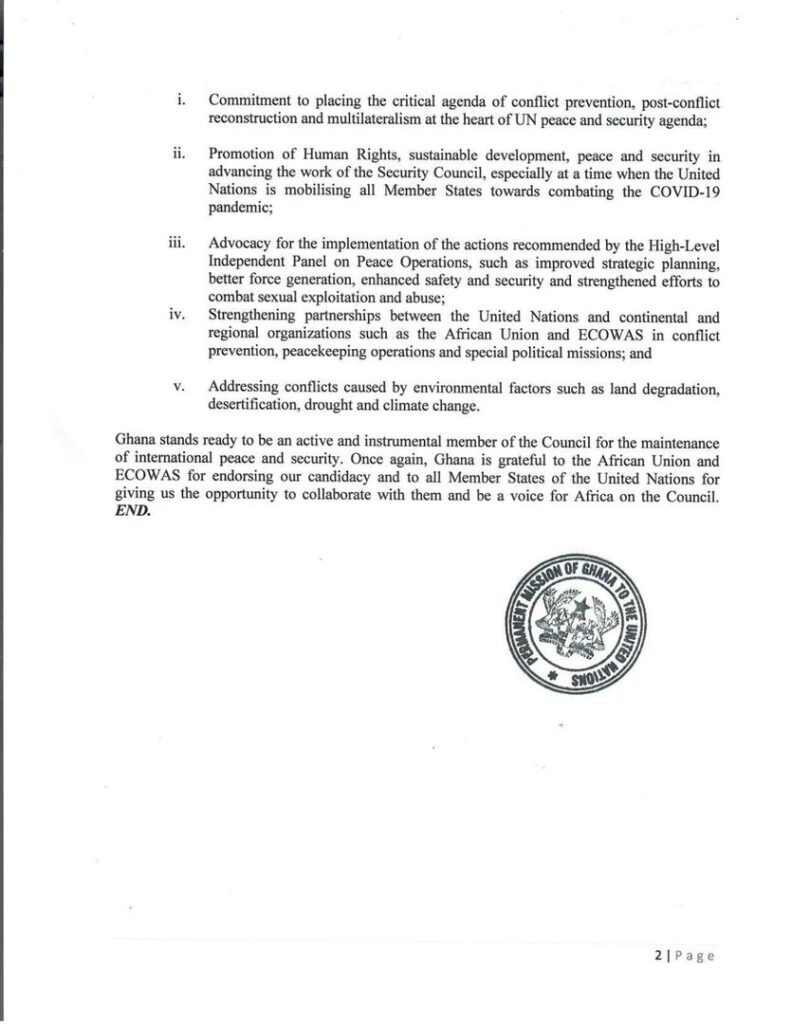


Daniel, and Miranda, Javier (2020), ‘Age and High-Growth Entrepreneurship,’ AER: Insights, 2 (1), pp. 97–114.Īzoulay, Pierre, Jones, Benjamin F., Kim, J. 64–80.Īscher, Jacques (2012), ‘Female Entrepreneurship-An Appropriate Response to Gender Discrimination,’ Journal of Entrepreneurship, Management and Innovation (JEMI), 8 (4), pp. Moreover, I apply Edward Said’s thoughts on postcolonial exile to the setting in Hong Kong and investigate how the island space, as a site of Foucauldian heterogenic intermediation, is also a “middle place” that provides Filipino expatriates with a sense of postcolonial exilic agency.Amit, Raphael, and Muller, Eitan (1995), ‘“Push” and “Pull” Entrepreneurship,’ Journal of Small Business and Entrepreneurship, 12 (4), pp. In this paper, by drawing on the work of David Parker, Nie Zhenzhao, Shirley Lim, Rey Chow, and Emmanuel Levinas, I look into the intermingling of ethics, ethnicity, and the representation of the Chinese “middleman” in Joaquín’s work.

While the mysterious Chinese deity adds spice to “pagan fatalism,” there is no doubt that the intermediation of the middleman minority plays an important role in the narrative tapestry. Moreover, I apply Edward Said’s thoughts on postcolonial exile to the setting in Hong Kong and investigate how the island space, as a site of Foucauldian heterogenic intermediation, is also a “middle place” that provides Filipino expatriates with a sense of postcolonial exilic agency.ĪB - By adopting the notion of the “middleman”-how the Chinese migrant merchants had straddled between the Spanish conquistadors and the local indigenous peoples in colonial New Spain, this paper investigates the representation and intermediation of the “middleman minority” in Nick Joaquín’s seminal novel, The Woman Who Had Two Navels (1961). N2 - By adopting the notion of the “middleman”-how the Chinese migrant merchants had straddled between the Spanish conquistadors and the local indigenous peoples in colonial New Spain, this paper investigates the representation and intermediation of the “middleman minority” in Nick Joaquín’s seminal novel, The Woman Who Had Two Navels (1961). T2 - Ethics, ethnicity, and the chinese middleman in the woman who had two navels Moreover, I apply Edward Said’s thoughts on postcolonial exile to the setting in Hong Kong and investigate how the island space, as a site of Foucauldian heterogenic intermediation, is also a “middle place” that provides Filipino expatriates with a sense of postcolonial exilic agency.Ībstract = "By adopting the notion of the “middleman”-how the Chinese migrant merchants had straddled between the Spanish conquistadors and the local indigenous peoples in colonial New Spain, this paper investigates the representation and intermediation of the “middleman minority” in Nick Joaqus thoughts on postcolonial exile to the setting in Hong Kong and investigate how the island space, as a site of Foucauldian heterogenic intermediation, is also a “middle place” that provides Filipino expatriates with a sense of postcolonial exilic agency.", By adopting the notion of the “middleman”-how the Chinese migrant merchants had straddled between the Spanish conquistadors and the local indigenous peoples in colonial New Spain, this paper investigates the representation and intermediation of the “middleman minority” in Nick Joaquín’s seminal novel, The Woman Who Had Two Navels (1961).


 0 kommentar(er)
0 kommentar(er)
